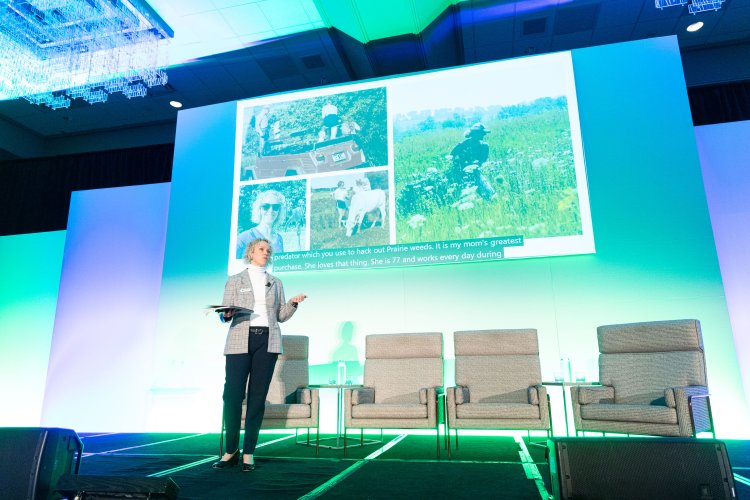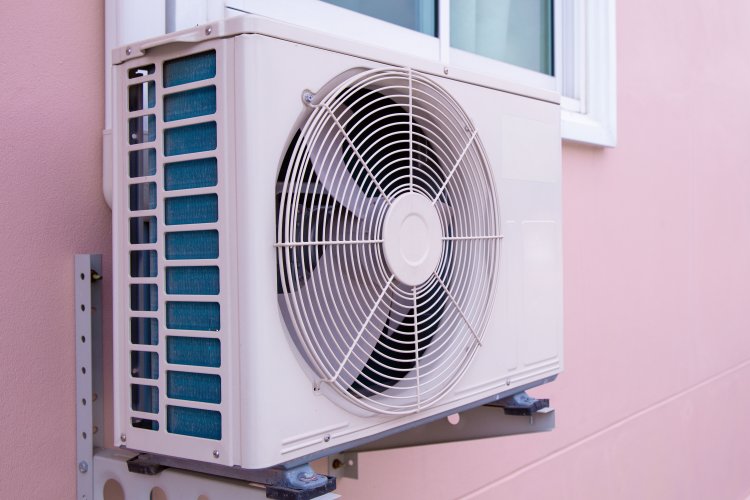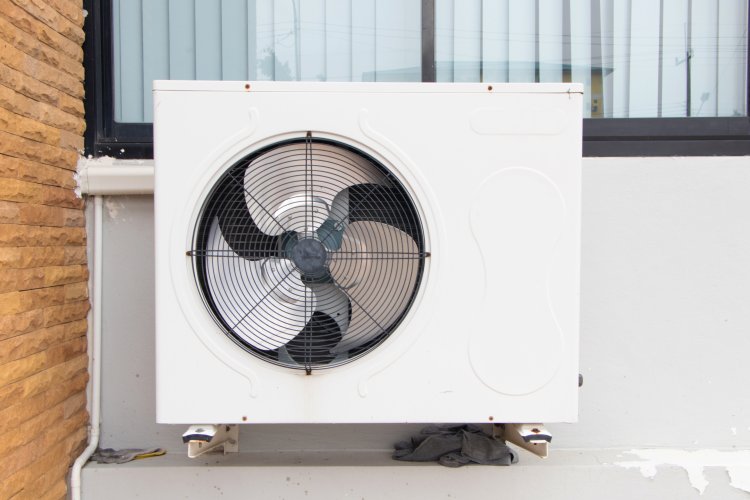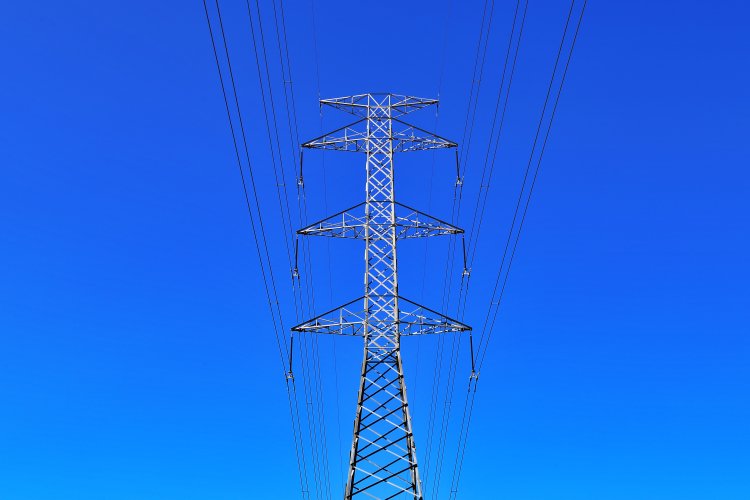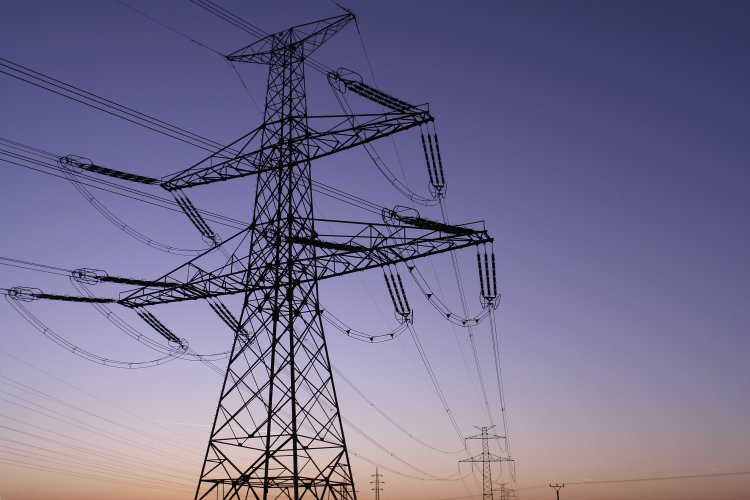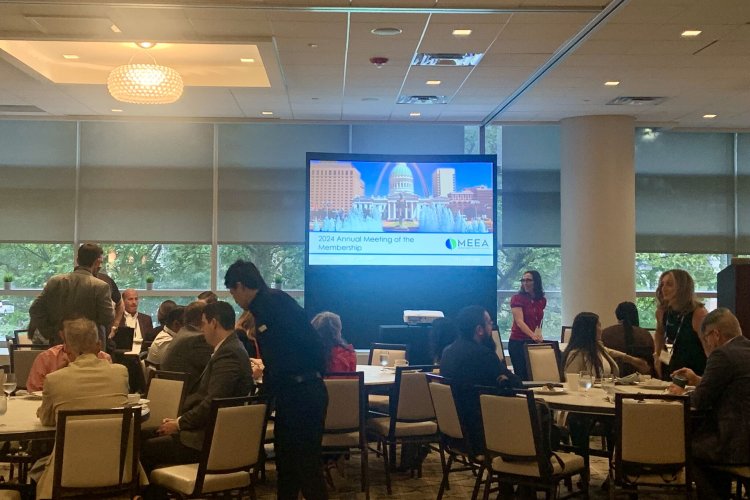Why Dual Fuel Systems Still Make Sense in High-Cost Electricity Markets
This blog was written by the Midwest Heating & Cooling Collaborative.
A recent New York Times article has created a lot of attention around the efficacy of heat pumps. Their simple 2-question survey on whether or not a heat pump will work for your region raised a common concern: Are heat pumps cost-effective in regions with high electricity prices?


